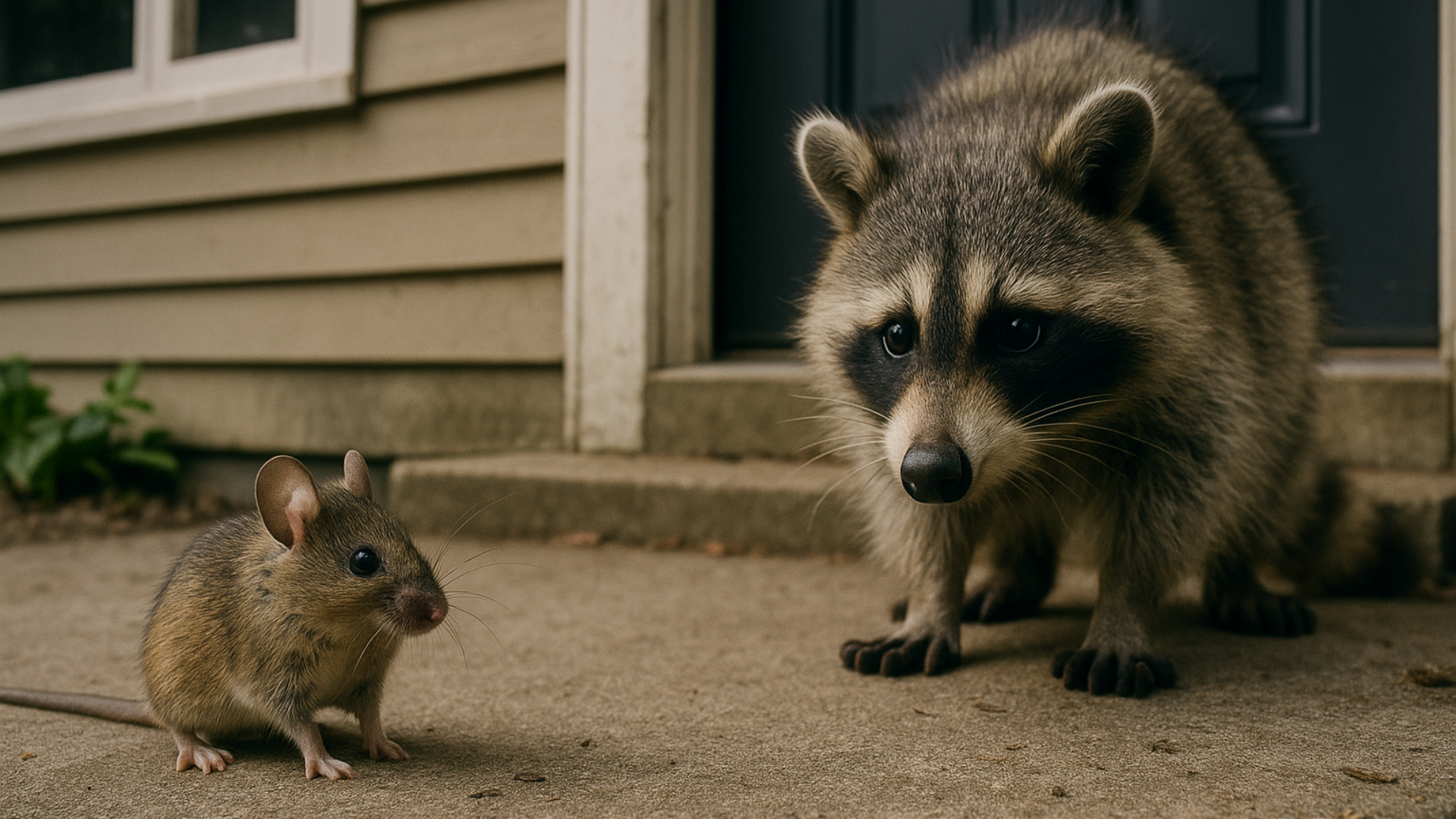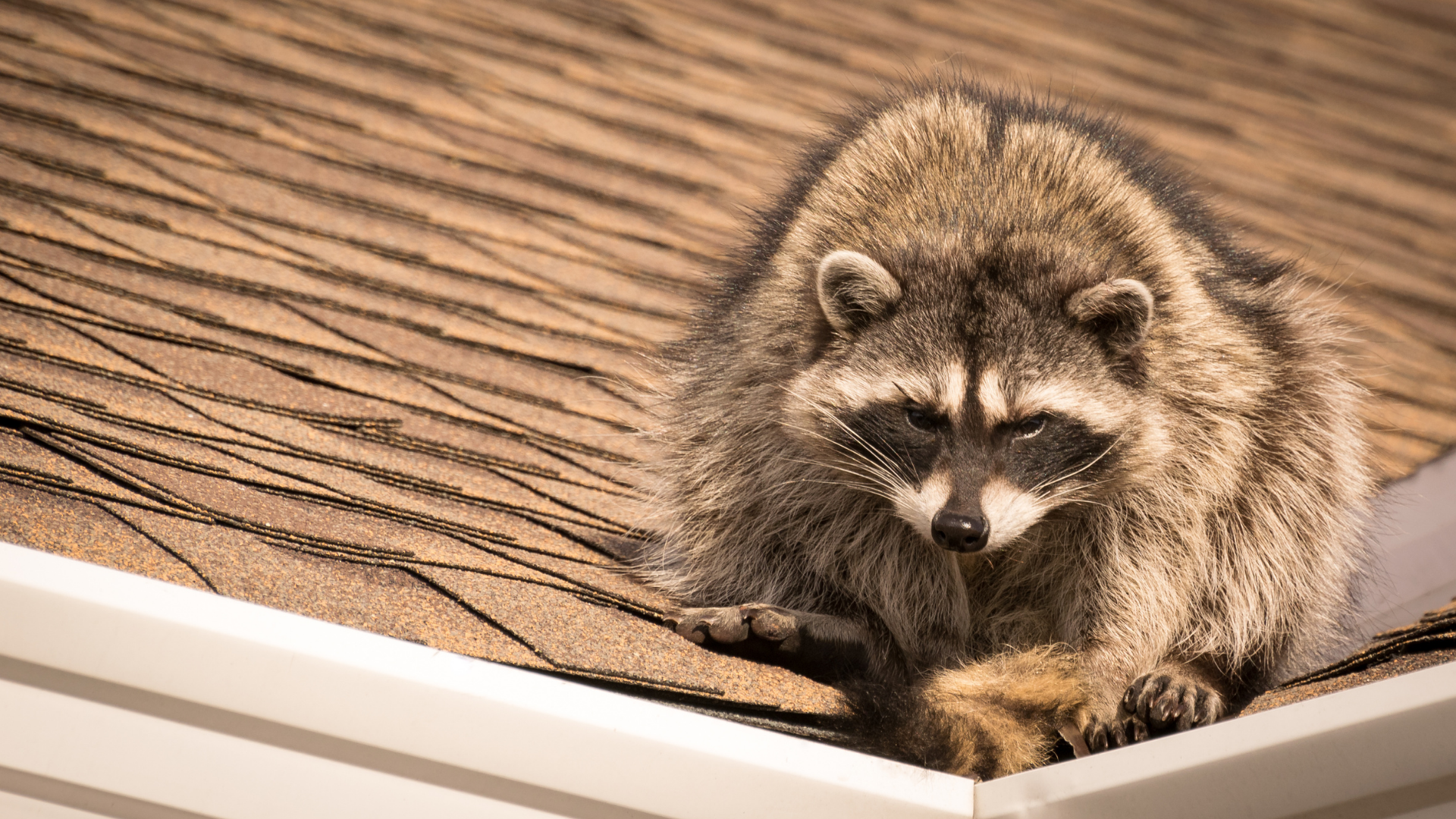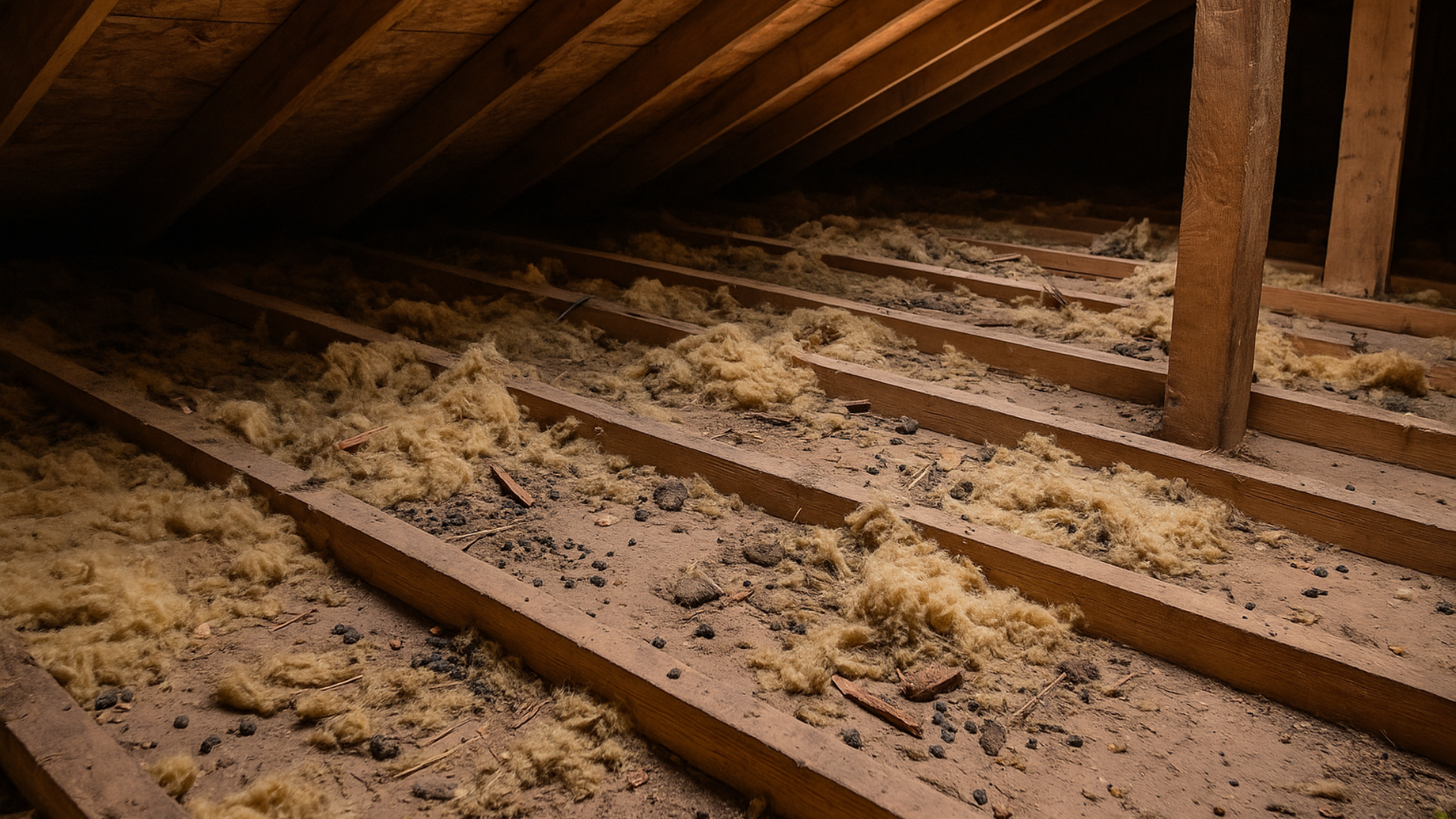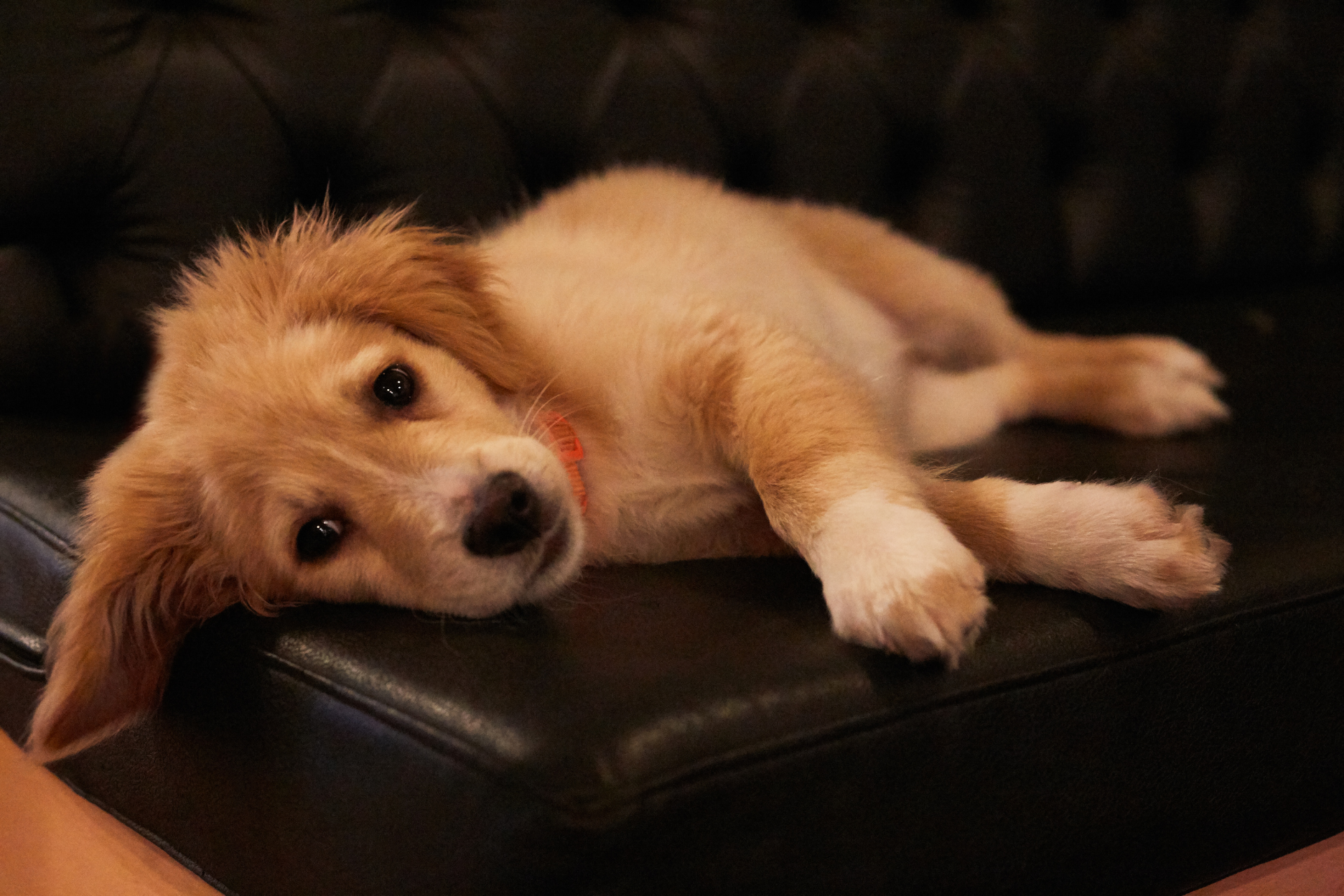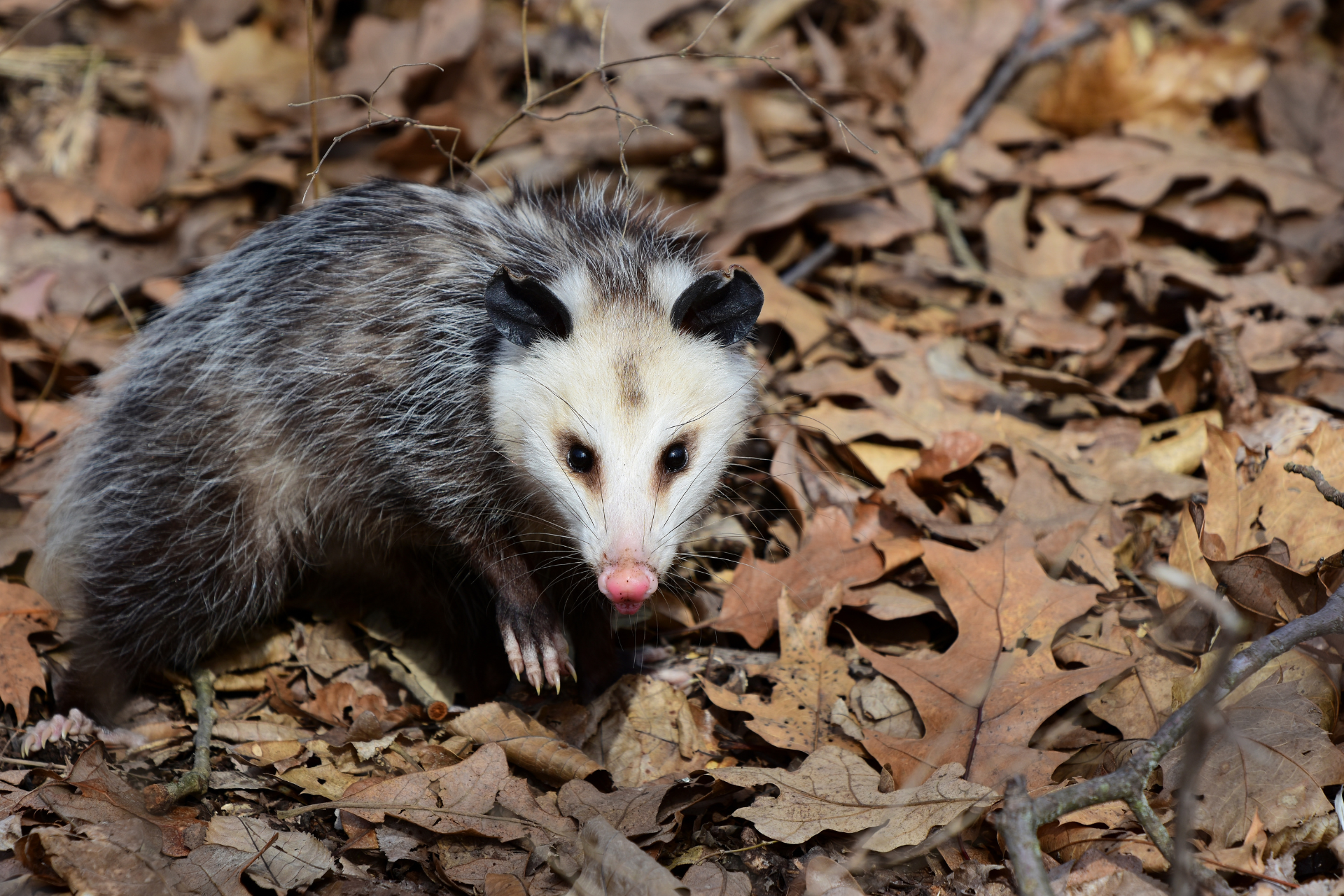The Connection Between Rodents And Larger Wildlife
How Small Pest Activity Leads To Bigger Animal Intrusions
The sight of a mouse darting across the floor might seem like a minor nuisance—maybe even something to laugh off. But those small, twitchy-nosed intruders often signal the beginning of a bigger problem. What many folks don’t realize is that mice and rats can set the stage for much larger, more destructive wildlife to follow. They chew, dig, build, and leave a trail of signals behind, making your home or building far more appealing to the next wave of invaders. And once that cycle starts, it’s tough to stop without serious intervention.
Understanding the way rodents interact with their environment—and how that environment then becomes prime real estate for larger animals—is key to protecting both property and peace of mind.
Rodents: The Uninvited Pathfinders
Rodents aren’t just trespassers; they’re trailblazers. When mice or rats make their way inside a structure, they don’t just settle in quietly. They chew through insulation, create entry points in walls and floors, and scavenge relentlessly for food. In doing so, they cause damage that weakens the integrity of the space. But more importantly, they leave behind distinct signs—like gnaw marks, droppings, and scent trails—that other animals can detect and interpret.
Larger wildlife species often rely on clues in the environment to determine where they might find food, warmth, and shelter. So when a raccoon catches the scent of rodent urine or a squirrel notices a small breach in a soffit, that’s an open invitation to explore. From their perspective, if smaller animals made it in and seem to be thriving, there’s a good chance they will too.
Rodents also inadvertently offer up a sort of scouting report. Their movements, nest locations, and scavenging behavior give predators—or opportunistic invaders—an idea of how the structure is laid out and what to expect once inside. In this sense, mice and rats become the advance party for a much more damaging force.
Creating Pathways And Breaking Barriers
One of the biggest issues with rodent infestations is the way these animals break down natural and artificial barriers. A mouse might squeeze through a gap the width of a pencil, but in doing so, it often enlarges the opening through constant gnawing and pushing. Over time, that tiny breach becomes big enough for something much larger—like a possum or raccoon—to crawl through.
Rodents are remarkably persistent. If they’re determined to get through something, they’ll often find a way. They’ll tunnel beneath foundations, chew through siding, and climb along utility lines to reach attic spaces. Every hole they open, every path they wear down, becomes a potential entry point not just for themselves but for a long list of larger animals.
And it’s not just about physical damage. The scent and noise of a rodent colony inside a structure can draw in predators looking for an easy meal. Owls and hawks might hang around outside, but terrestrial predators like foxes, skunks, or even coyotes may take more direct action if they sense an opening. Larger animals might also be drawn by the scent of unsecured garbage or pet food that rodents have been targeting, which creates another layer of risk.
From Rodents To Roof Raccoons
Once the barriers have been breached and the scent of habitation is established, it's a short jump to larger wildlife taking up residence. Raccoons are one of the most notorious examples. They’re curious, highly dexterous, and excellent climbers. If they detect activity—scratching noises, nesting sounds, food scents—they’re far more likely to investigate. And once they’re in, the damage tends to escalate fast.
Squirrels might start gnawing on electrical wiring. Opossums could tear apart insulation and drywall. Bats might move into attic spaces, using the same small entry points initially carved out by rats. Even snakes might slither in, not necessarily because of the structure itself, but because they’re hunting the rodents that got there first.
This kind of cascading invasion can cause significant structural harm. It increases the risk of fire from chewed wires, creates hazards from droppings and urine buildup, and introduces the potential for disease transmission. What started as a minor rodent issue snowballs into a situation involving multiple species, all requiring different approaches for removal and prevention.
The Chain Reaction You Can’t Ignore
What’s truly concerning is how quickly this chain reaction unfolds. Rodents breed fast, and their presence multiplies the chances of attracting other animals. While most people only think about calling in wildlife control when they hear thumping in the attic or see a raccoon on the porch, the real work starts much earlier—when the first mouse sneaks in through the crawlspace.
That’s why early detection and intervention are so crucial. Ignoring the initial signs of rodent activity can lead to a full-blown wildlife invasion, with damages that take weeks or months to fully repair. Prevention strategies need to account for both the rodents themselves and the potential wildlife that may follow. Sealing up small entry points, maintaining clean and odor-free garbage areas, and keeping food sources inaccessible are all important steps, but they often need to be combined with professional insight to be truly effective.
It’s not just about getting rid of the immediate problem. It’s about disrupting the pattern—breaking that link between rodents and the bigger animals they attract. And doing it in a way that keeps the structure from becoming a revolving door for wildlife.
At Veteran’s Pride Wildlife Control, we understand that a rodent problem is rarely just a rodent problem. These small intruders often pave the way for something more serious, leading to greater structural damage and more complex wildlife challenges down the line. When we address a situation, we look beyond what’s obvious and take a comprehensive approach to wildlife prevention and control.
If you’ve seen signs of rodent activity or suspect that something bigger might already be moving in, don’t wait. Contact us today, and let’s take care of it before that trail gets any longer. We’re here to protect your space, top to bottom, with solutions that go beyond the surface.


